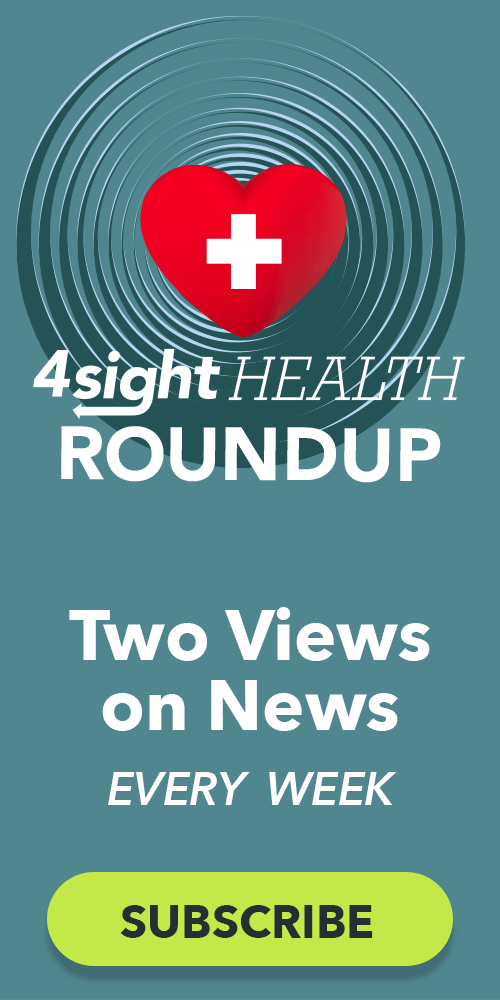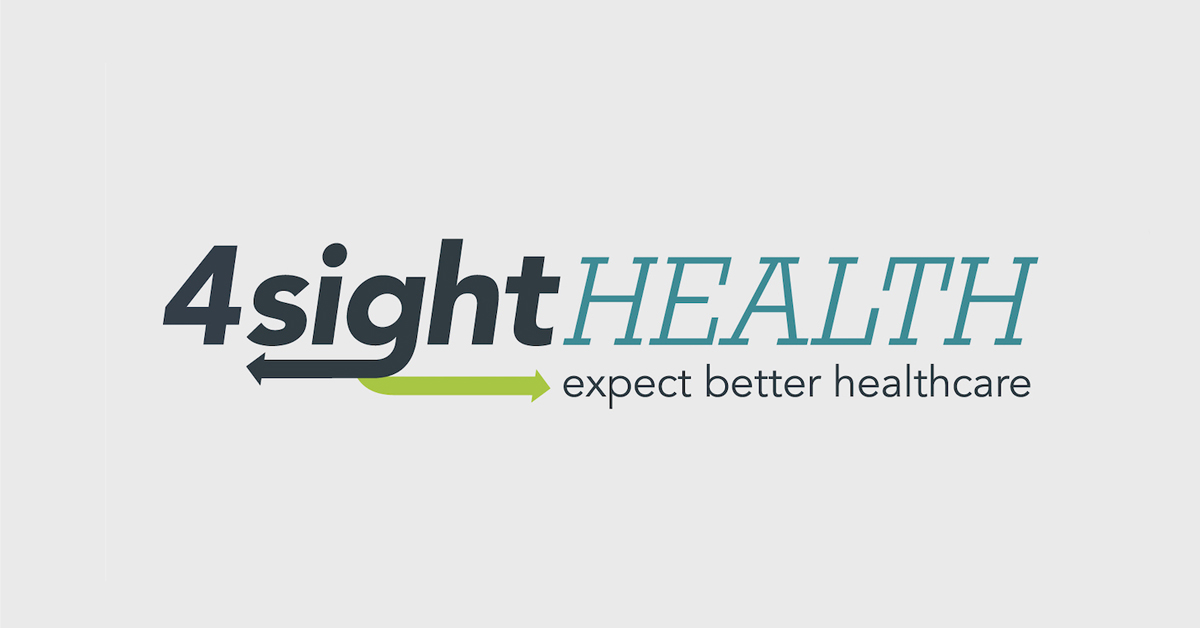August 20, 2025

The Best Way to Catch Elusive Health-Related Social Needs Data From Patients
When did social determinants of health (SDOH) become health-related social needs (HRSN)? I obviously missed that change. But I digress.
The real issue is how much HRSN data providers miss when they try to get it from patients. The answer, according to a new study in JAMA Network Open, is a lot if they use the wrong way to capture it.
Ten researchers from Indiana University (one of my alma maters), the Regenstrief Institute, Cincinnati Children’s Hospital Medical Center and the University of Florida tested four methods of capturing HRSN data from patients. The methods were: screening questionnaires, national language processing (NLP) of clinical notes, rule-based computable phenotypes and machine learning (ML) classification models.
They tested each of the four data-collection methods on five different HRSNs: food insecurity, housing instability, financial strain, transportation barriers and history of legal problems. They tested each of the four data-collection methods using six different performance measures that I can’t explain because I got a master’s in journalism, not statistics, at IU.
The study pool consisted of 1,252 adult patients treated at health system-owned primary care clinics in Indianapolis from January 2022 through June 2023.
The bottom line was none of the four methods performed the best on all five HRSNs. Some were good on some. Some were good on others. Some were poor on some. Some were poor on others.
Compelled to pick an overall winner and loser, the researchers picked screening questionnaires, the least sophisticated of the four data-collection methods, as the overall winner, and NLP as the overall loser as it “performed poorly for all 5 HRSNs.” Remember that when a tech vendor is pitching an agentic AI tool to collect HRSN data.
“These findings suggest that practitioners, healthcare and public health organizations, researchers and policymakers who rely on a single method to collect HRSN data will likely underestimate patients’ true social burden,” the researchers said.
My takeaway is this. If you truly want to know what’s going on with a patient in terms of how their social situation is affecting their access to care, their health and their health outcomes and do something about it other than check a box, develop a relationship with them and talk to them. Write it down and enter it into their medical record. Don’t delegate it to a machine.
To learn more about this topic, please read, “Open Your Eyes to a Social Determinants of Health Blind Spot,” on 4sighthealth.com.
Thanks for reading.





